RBI mandates banks to migrate to .bank.in domain by Oct 31, 2025, to boost cybersecurity and combat digital financial fraud. …
Read MoreRBI Confirms ‘.bank.in’ Domain Rollout: Migration Deadline Set for October 31, 2025

RBI mandates banks to migrate to .bank.in domain by Oct 31, 2025, to boost cybersecurity and combat digital financial fraud. …
Read MoreRBI Confirms ‘.bank.in’ Domain Rollout: Migration Deadline Set for October 31, 2025
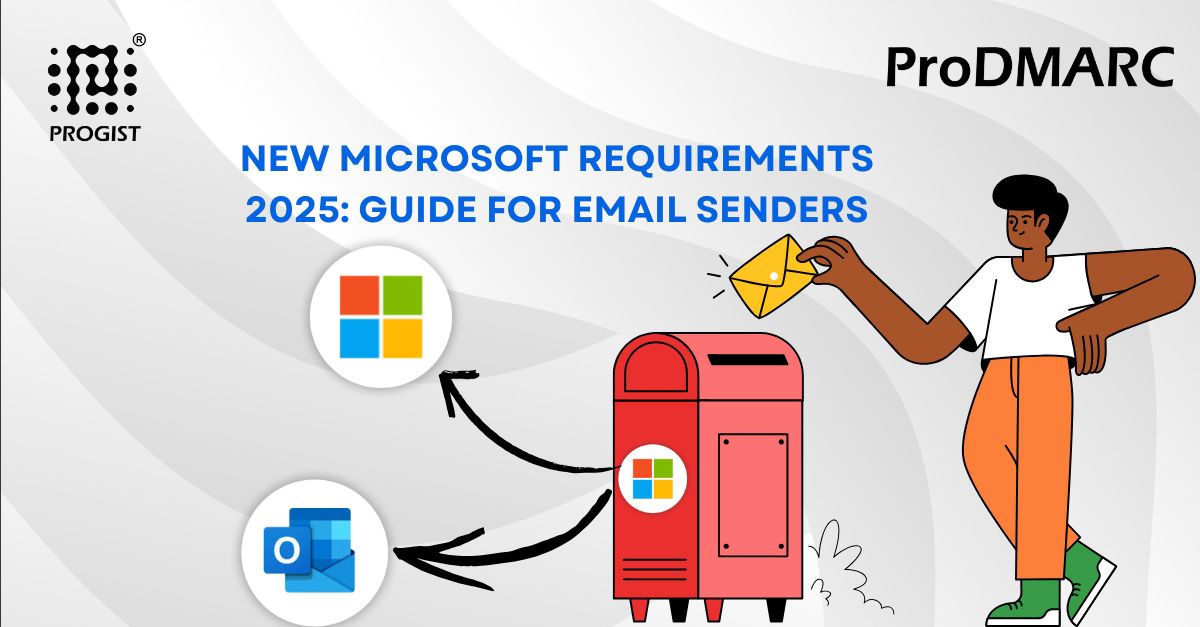
Microsoft’s new 2025 rules for bulk email senders demand SPF, DKIM, and DMARC. Stay compliant and secure with ProDMARC before the deadline hits. …
Read MoreOutlook’s 2025 Email Rules: Are You Ready for Microsoft’s New Bulk Sender Requirements?

Measure and optimize your BIMI impact with ProDMARC’s BIMI Insights Report—track brand impressions and maximize email visibility. …
Read MoreYour BIMI Strategy, Backed by Data: ProDMARC’s BIMI Report Feature in Action

While many organizations focus on securing outbound emails with DMARC, inbound DMARC validation remains an often-overlooked yet essential defense against phishing, spoofing, and email-based cyber threats. By verifying incoming emails against DMARC policies, businesses can prevent fraudulent messages from reaching employees, reducing the risk of data breaches and financial fraud.
Implementing inbound DMARC validation strengthens internal security, ensures regulatory compliance, and upholds customer trust. Tools like ProDMARC provide deep visibility into email threats, helping organizations monitor and enforce DMARC policies effectively. Don’t leave your email security vulnerable—take action today to safeguard your inbox. …

DMARC forensic reports are an essential part of email security, providing valuable insights into authentication failures and potential malicious activity. However, many organizations struggle to receive these reports due to common configuration issues such as incorrect reporting addresses, DNS misconfigurations, or email forwarding issues. By understanding and addressing these problems, businesses can enhance their email security posture and quickly identify and respond to phishing and spoofing attempts. …
Read MoreRaymond Cyberattack: A Wake-Up Call – How Your Organization Can Prepare and Respond
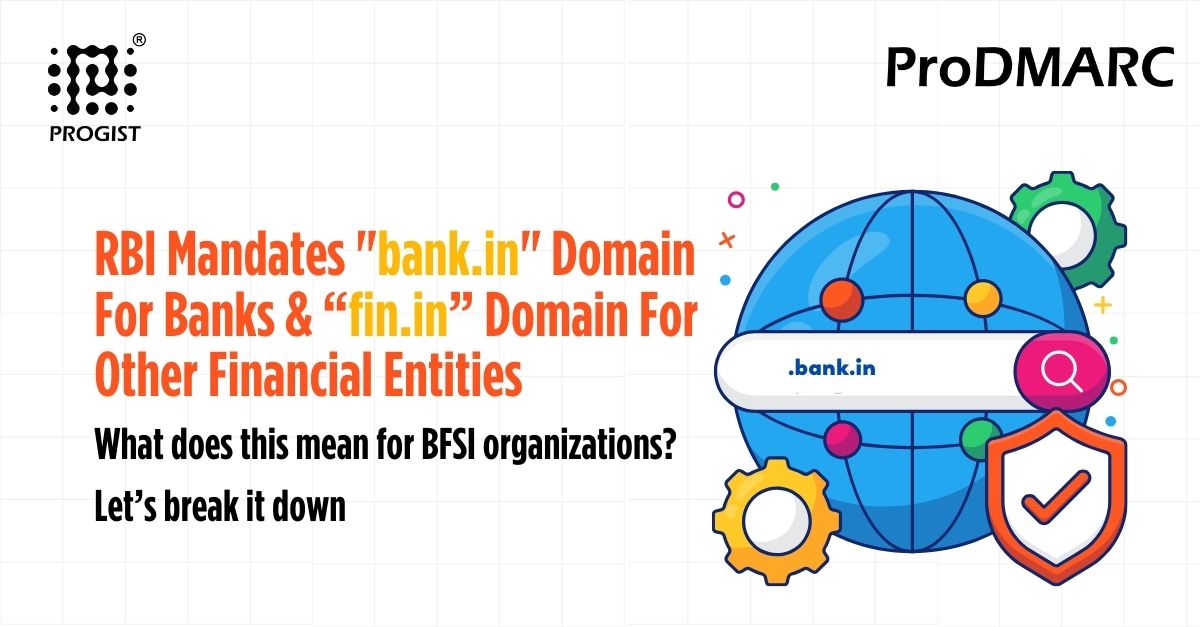
RBI launches ‘bank.in’ & ‘fin.in’ to fight cyber fraud. BFSI firms must prep for secure email transitions with DMARC. Here’s what you need to know. …
Read MoreBanks to Use ‘bank.in’, Non-Banks ‘fin.in’: RBI’s New Domain Initiative
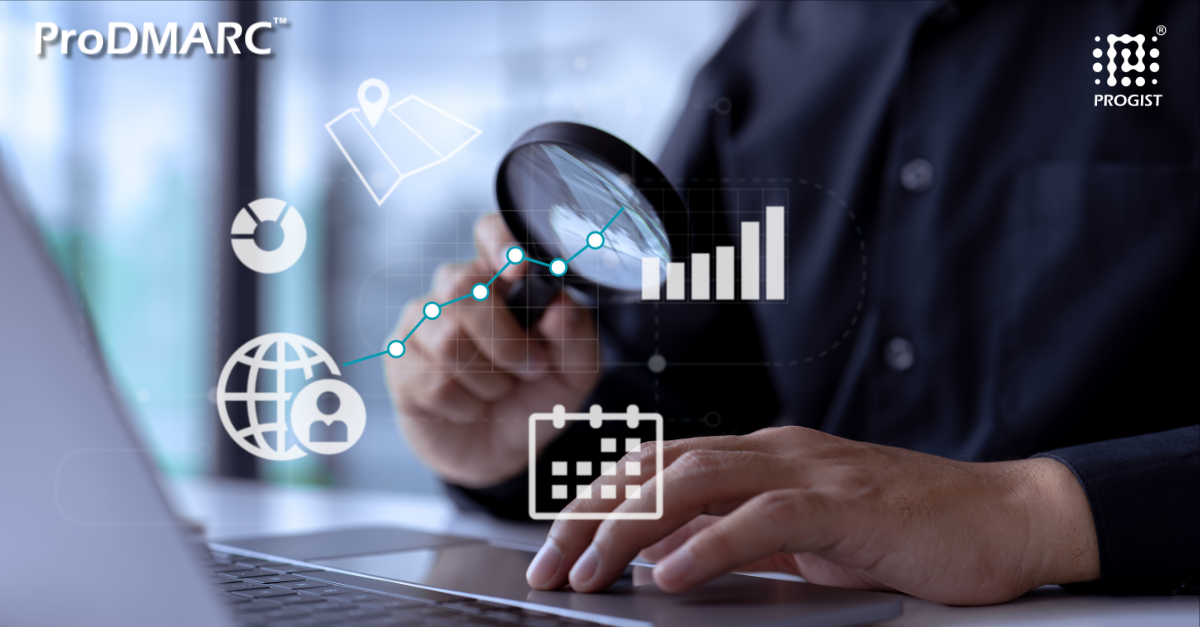
DMARC forensic reports are an essential part of email security, providing valuable insights into authentication failures and potential malicious activity. However, many organizations struggle to receive these reports due to common configuration issues such as incorrect reporting addresses, DNS misconfigurations, or email forwarding issues. By understanding and addressing these problems, businesses can enhance their email security posture and quickly identify and respond to phishing and spoofing attempts. …
Read MoreDMARC Forensic Reports Missing? Here’s What Might Be Wrong
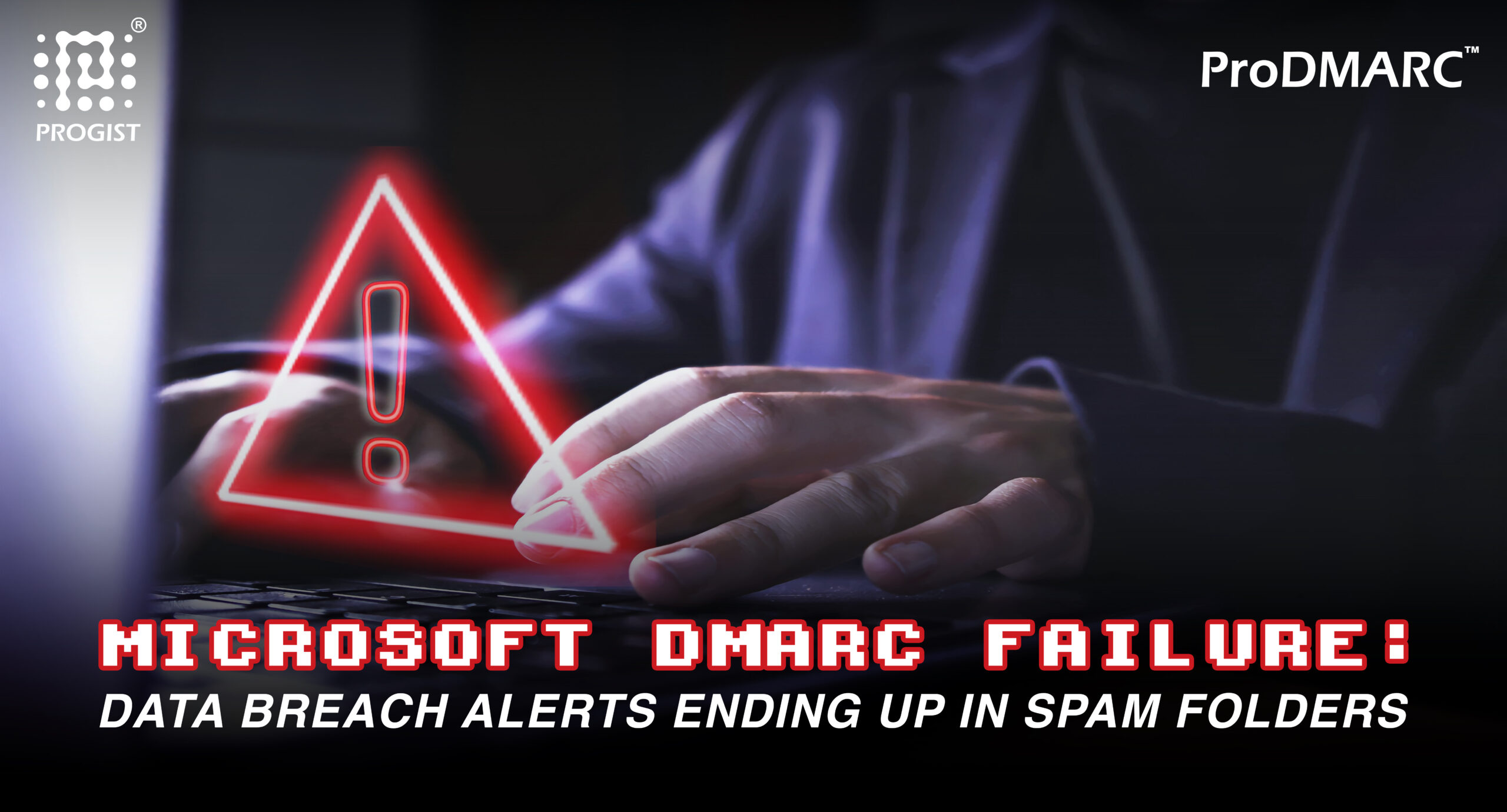
In a recent and notable incident, Microsoft found itself at the center of an email security debacle when their data breach notification emails were flagged as spam by their own
Read MoreMicrosoft’s DMARC Fail: A Wake-Up Call for Email Security
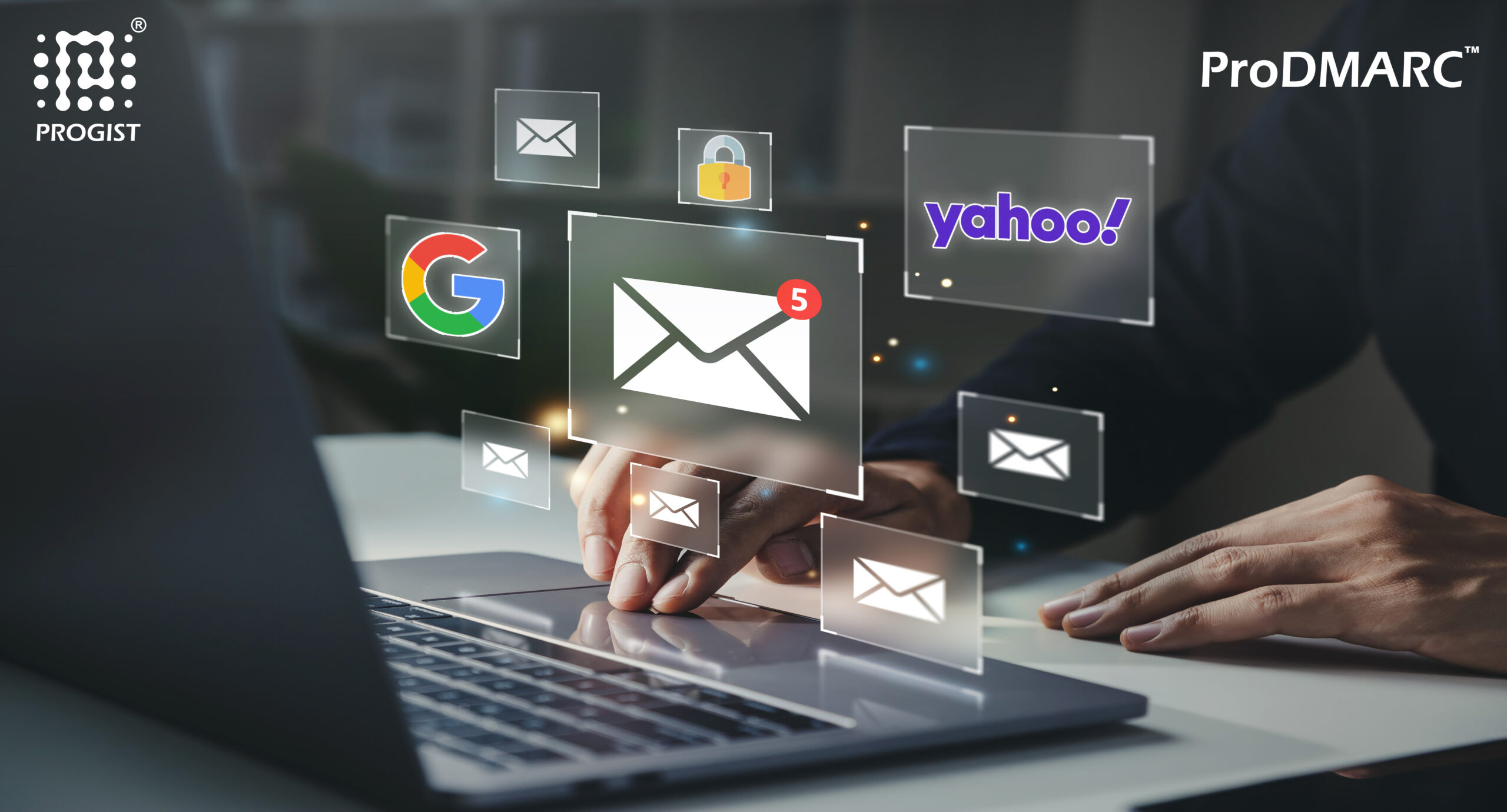
Remember that October 2023 bombshell announcement by Google and Yahoo? Their stricter security standards for senders, taking effect February 1st, 2024, sent ripples through the marketing world. If you haven’t
Read MoreTicking Clock! Conquer Google & Yahoo’s New Requirements For Email Senders

Domain-Based Message Authentication, Reporting, and Conformance (DMARC) authentication use two protocols SPF (Sender Policy Framework) and DKIM (DomainKeys Identified Mail) to help determine the legitimacy of an email message. SPF
Read MoreHow does email forwarding affect DMARC authentication results?